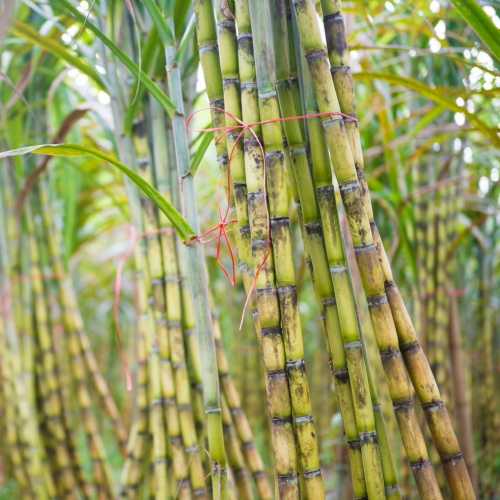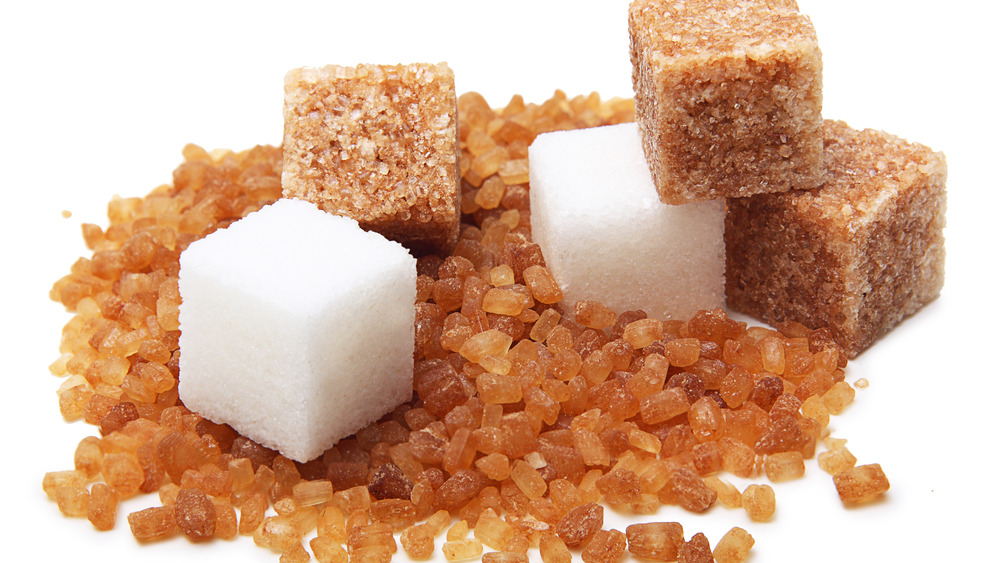An In-Depth Guide to the Environmental Impact and Sustainability Practices in Cane Sugar Processing
The ecological impact of walking stick sugar processing presents a complicated variety of difficulties that warrant mindful assessment. From dirt degradation and excessive water use to the carbon footprint connected with growing and manufacturing, the consequences of conventional techniques are significant. What specific practices can be carried out to strike an equilibrium between efficiency and ecological stewardship?
Review of Walking Cane Sugar Handling
Walking stick sugar processing entails a collection of methodical actions that change sugarcane into refined sugar. Originally, collected sugarcane is delivered to processing facilities, where it undergoes cleaning up to eliminate soil and debris. Following this, the cane is squashed to remove juice, which is then clarified by getting rid of contaminations with home heating and the enhancement of lime.
The clarified juice undertakes evaporation, where water is removed to concentrate the sugar material. These crystals are separated from the staying syrup using centrifugation, resulting in raw sugar.
The last item is after that dried out and packaged for distribution. Throughout this entire procedure, keeping performance and quality assurance is necessary to make certain the sugar meets market criteria. Each action in walking stick sugar processing not just adds to the final product however additionally has implications for source usage and waste generation, establishing the stage for discussions on sustainability and environmental influences connected with sugar manufacturing.
Ecological Challenges of Production
The production of cane sugar presents a number of substantial environmental difficulties that warrant focus. One key worry is the extensive usage of agrochemicals, including chemicals and fertilizers, which can lead to dirt deterioration, biodiversity loss, and contamination of local water sources. The overflow from sugarcane areas frequently lugs these chemicals right into close-by communities, interfering with aquatic life and influencing the wellness of areas reliant on these water bodies.
One more challenge is the high power consumption connected with sugarcane processing. The boiling and refining phases call for substantial heat, mainly created by burning fossil gas, contributing to greenhouse gas emissions. Furthermore, the large acreage needed for sugarcane growing can cause deforestation and habitat devastation, further aggravating environment change and harmful wild animals.
In addition, the labor methods in some regions raise ethical problems, as employees might face bad working problems and poor incomes. This scenario commonly bolsters a cycle of destitution in regional areas. Cane Sugar Processing. Dealing with these environmental challenges is crucial for establishing a lot more lasting methods in walking cane sugar manufacturing, eventually profiting both the environment and the areas associated with this market
Water and Land Usage Effect
Water resources and land utilization are vital components in the walking stick sugar sector that substantially influence the environment. The growing of sugarcane needs substantial water input, with quotes suggesting that it can eat approximately 2,000 litres of water per kilogram of sugar produced. This extensive use of water usually causes exhaustion of regional water sources, impacting not just the sugarcane plantations yet likewise surrounding communities and communities that count on the very same water sources for agriculture and domestic usage.

Additionally, land usage for sugarcane cultivation can you can try this out lead to deforestation and the conversion of natural environments right into monoculture haciendas. This practice lessens biodiversity, interferes with local ecosystems, and adds to dirt destruction. The development of sugarcane fields frequently trespasses on valuable agricultural land, producing competitors for sources between food and biofuel manufacturing.
Sustainable practices, such as enhancing watering strategies and implementing plant rotation, are important to reduce these influences. By taking on more reliable water use and land monitoring methods, the cane sugar market can reduce its environmental footprint, making certain a balance between farming performance and ecological conservation.
Greenhouse Gas Emissions
Greenhouse gas emissions represent a considerable environmental worry within the walking stick sugar handling market, specifically as agricultural practices increase to fulfill global need. The cultivation of sugarcane, a crop that prospers in tropical climates, counts heavily on synthetic plant foods and chemicals, which add to nitrous oxide exhausts. In addition, land-use changes, consisting of deforestation for new sugarcane vineyards, release co2 stored in vegetation and soil.
Throughout handling, energy consumption is another significant source of greenhouse gas emissions - Cane Sugar Processing. Many sugar mills utilize nonrenewable fuel sources to power machinery and create warm, causing significant carbon footprints. Moreover, the transportation of raw sugarcane and finished products adds layers of emissions with gas combustion in lorries
The advancing result of these discharges intensifies climate modification, presenting threats not just to the environment however additionally to the long-lasting viability of the market. Stakeholders need to recognize the urgent demand for comprehensive techniques that resolve these exhausts. This involves reviewing present agricultural practices, processing methods, and transportation systems to determine locations for enhancement and reduction. Attending to greenhouse gas exhausts is crucial for cultivating a much more lasting cane sugar market in a transforming climate.

Lasting Practices and Innovations
Sustainable practices and technologies are progressively important in the walking cane sugar processing industry as stakeholders look for to reduce ecological impacts while preserving productivity. One substantial improvement is the implementation of incorporated crop administration, which optimizes source usage by integrating check this site out dirt administration, parasite control, and crop turning methods. This strategy improves return while reducing chemical inputs and maintaining soil health and wellness.
Moreover, the fostering of renewable resource resources, such as biomass from sugarcane residues, has obtained traction - Cane Sugar Processing. By transforming waste products right into power, processing facilities can lower their dependence on fossil fuels, thus decreasing greenhouse gas emissions
Water administration techniques have also seen renovations via the recycling and reusing of water in processing plants, dramatically decreasing freshwater usage. Technologies in technology, such as precision farming, make it possible for farmers to monitor crop health and wellness and source use better, making certain lasting cultivation methods.
Moreover, qualification programs like Fair Profession and Rain forest Alliance encourage environmentally accountable farming methods and advertise social equity within the supply chain. By accepting these sustainable you could try these out methods and technologies, the walking cane sugar processing industry can improve its durability and contribute positively to environmental stewardship.
Conclusion
The environmental impact of cane sugar processing presents significant challenges, consisting of dirt destruction, high water intake, and greenhouse gas exhausts, along with moral problems connected to labor techniques. Resolving these problems with sustainable practices, such as integrated plant monitoring, renewable resource adoption, and water recycling, is vital. By promoting socially fair and ecologically responsible methods in sugar manufacturing, the sector can alleviate its negative impacts, guaranteeing a more lasting future for both ecological communities and areas associated with this sector.
Walking cane sugar handling includes a series of organized actions that change sugarcane into polished sugar. Each action in walking stick sugar processing not just adds to the final item but also has ramifications for resource usage and waste generation, setting the phase for discussions on sustainability and ecological effects associated with sugar manufacturing.
Greenhouse gas emissions stand for a considerable environmental concern within the walking cane sugar processing industry, especially as farming methods broaden to meet global need.Sustainable methods and technologies are progressively crucial in the walking cane sugar processing market as stakeholders seek to decrease ecological impacts while preserving performance.The environmental effect of walking cane sugar processing provides substantial challenges, including dirt destruction, high water intake, and greenhouse gas discharges, along with ethical issues connected to labor practices.